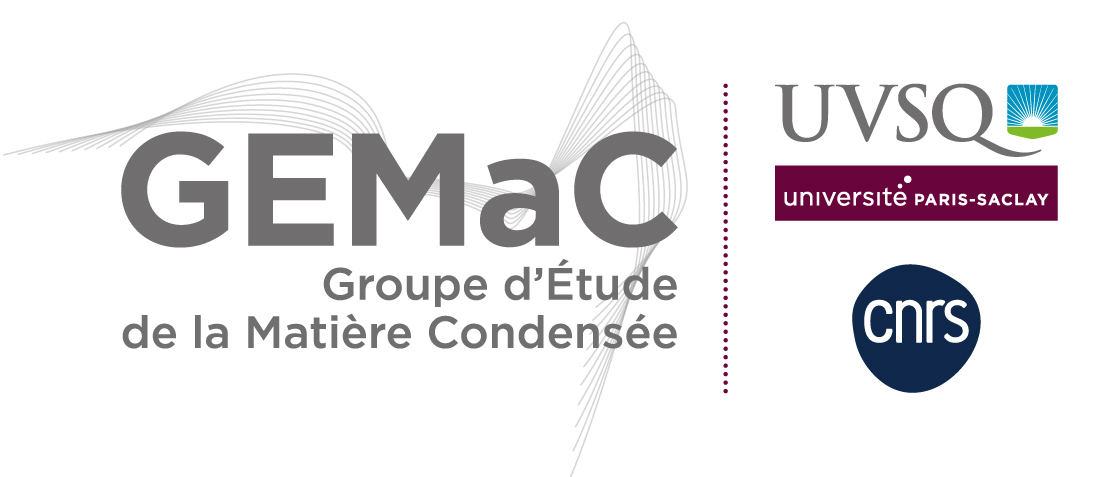Vous êtes ici : GEMACFRSéminaires et colloques
- Partager cette page :
- Version PDF
Magnetoelectric Coupling in Single Crystal Cu2OSeO3 Studied by a Novel Electron Spin Resonance Technique
par Alexander Shengelaya,Department of Physics, Tbilisi State University, GE-0128 Tbilisi, Georgia
Magnetoelectric (ME) materials exhibiting coupled and microscopically coexisting magnetic and electric polarizations have attracted considerable interest in recent years. In order to detect the ME effect, sensitive and reliable experimental techniques are required, since this coupling is generally quite small. Usually, for the determination of the ME coupling either the dielectric properties of ME materials are measured as a function of magnetic field or the magnetization is studied as a function of an applied electric field. Very recently we developed a novel microscopic method for the direct determination of the ME effect based on the standard Ferromagnetic/Electron Paramagnetic Resonance (FMR/EPR) technique combined with electric field modulation [1]. This method is based on the use of electric field modulation instead of conventional magnetic field modulation in standard continuous wave EPR.
The application of this method is demonstrated in single-crystal Cu2OSeO3, where the ME coupling on spin-wave resonances was studied [1]. The linear ME coupling strength was determined quantitatively in Cu2OSeO3. The temperature dependence of the ME coupling was found to follow nearly that of the spin susceptibility without a sudden change across magnetic order temperature. This indicates that the ME coupling mechanism is not related to the presence of long-range magnetic order in Cu2OSeO3. Obtained results demonstrate that the novel microscopic technique using EPR combined with electric field modulation is a very sensitive and powerful tool to investigate the ME effect and to search for new ME materials.
[1] A. Maisuradze, A. Shengelaya, H. Berger, D. M. Djokić, and H. Keller, Phys. Rev. Lett. 108,
247211 (2012).
The application of this method is demonstrated in single-crystal Cu2OSeO3, where the ME coupling on spin-wave resonances was studied [1]. The linear ME coupling strength was determined quantitatively in Cu2OSeO3. The temperature dependence of the ME coupling was found to follow nearly that of the spin susceptibility without a sudden change across magnetic order temperature. This indicates that the ME coupling mechanism is not related to the presence of long-range magnetic order in Cu2OSeO3. Obtained results demonstrate that the novel microscopic technique using EPR combined with electric field modulation is a very sensitive and powerful tool to investigate the ME effect and to search for new ME materials.
[1] A. Maisuradze, A. Shengelaya, H. Berger, D. M. Djokić, and H. Keller, Phys. Rev. Lett. 108,
247211 (2012).
- Revenir à la liste complète des séminaires





